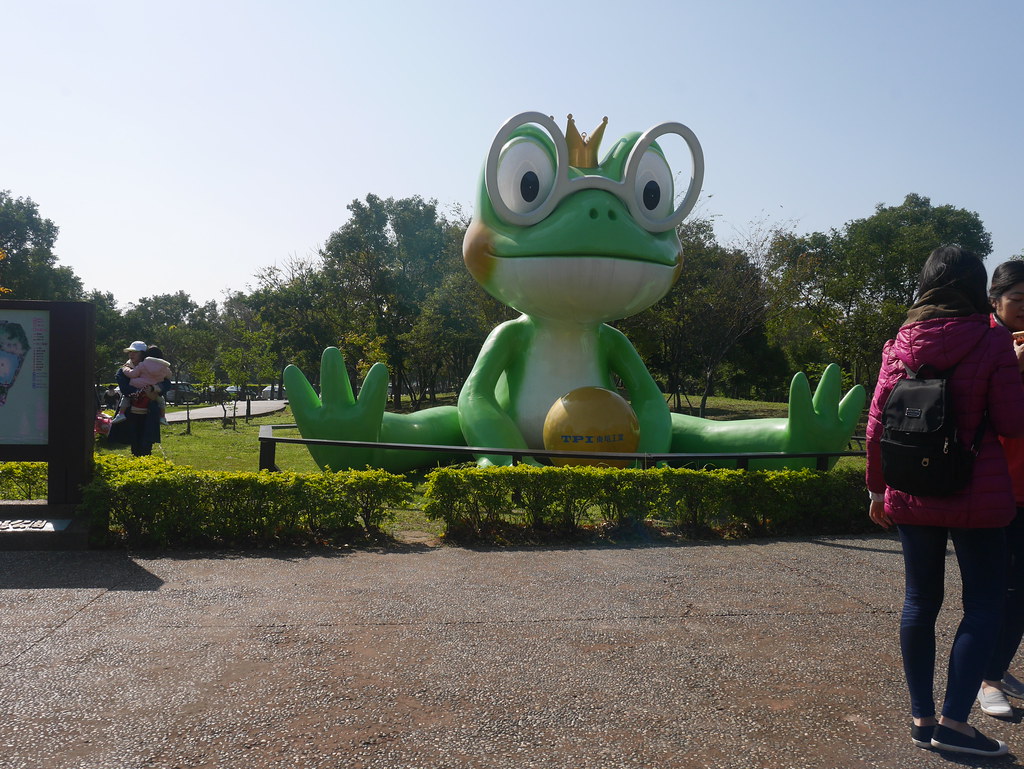Taoyuan City, abbreviated as "Taoyuan," is one of the special municipalities of the Republic of China (Taiwan) and one of Taiwan's six major municipalities. It is located in the northwestern part of Taiwan, bordered by the Taiwan Strait to the west, Yilan County to the east, New Taipei City to the north, and Hsinchu County to the south. Covering an area of approximately 1,220 square kilometers, Taoyuan has a registered population of around 2.3 million, making it the fifth most populous city in Taiwan. The city comprises 13 administrative districts, including one indigenous mountain district, with the city government located in Taoyuan District.
The name "Taoyuan City" originates from Taoyuan District, which, along with Zhongli District, forms the urban core of Taoyuan, referred to as North Taoyuan and South Taoyuan, respectively. Due to its proximity to the Taipei metropolitan area, its hosting of Taiwan's largest Taoyuan International Airport, and numerous major public infrastructure projects and commercial investments, Taoyuan has experienced rapid development. This growth has attracted a significant influx of people, forming the dual-core metropolitan area of Taoyuan-Zhongli. Some academic studies also consider Taoyuan to be part of the Taipei metropolitan area.
Population and Culture
The population of Taoyuan City is diverse, consisting of Hoklo (Min Nan), Hakka, Mainlanders (Waishengren), and indigenous peoples. Industrial development has brought a large number of Southeast Asian foreign workers to the city, making Taoyuan the county or city with the highest number of Southeast Asian foreign workers in Taiwan. It is also home to the largest population of Vietnamese new immigrants in the country.
According to the draft Taoyuan City Land Use Plan, the city will be divided into three major urban cores in the future: Taoyuan, Zhongli, and Aerotropolis, with six spatial development zones: Taoyuan Metropolitan Area, Zhongli Metropolitan Area, Taoyuan Aerotropolis Metropolitan Area, New Town Living Area, Rural Development Area, and Ecological Recreation Area.
Topography
The terrain of Taoyuan City is primarily characterized by continuous plateaus running in a northwest-southeast direction. The northwestern part of the city is relatively flat, while the southeastern region is dominated by hills, terraces, and mountains with elevations above 300 meters. The Dahan River flows from Shimen Reservoir northeastward, dividing the city into southeastern and northwestern parts. Due to scarce natural water resources, numerous man-made ponds are scattered throughout the city, making them a distinctive feature of Taoyuan's geography. Before the construction of the Shimen Reservoir, Taoyuan had as many as 8,845 ponds, earning it the nickname "The Land of a Thousand Ponds." These ponds serve purposes such as water storage for irrigation, fish farming, leisure, and scenic value.
Climate
Except for the southeastern mountainous areas, Taoyuan City has a subtropical monsoon climate, significantly influenced by the northeast and southwest monsoons. The northeast monsoon typically lasts from late October to March of the following year, bringing strong winds and cooler temperatures. The southwest monsoon occurs from May to September, characterized by clear skies, frequent afternoon thunderstorms, and typhoons primarily between July and September.
Annual rainfall ranges from 1,500 to 2,000 millimeters (with mountainous areas receiving 2,000 to 4,000 millimeters). Rainfall is heavier in summer, while winter sees more rainy days. The average annual temperature is about 22.6°C, with summer averaging 29°C and winter around 16°C. Xinwu District along the coast often records Taiwan's lowest winter temperatures in lowland areas due to its open terrain. The annual average humidity is approximately 89%.



































